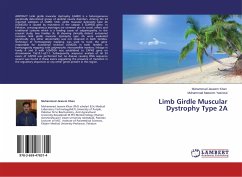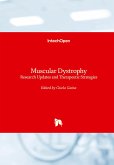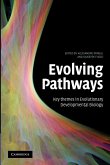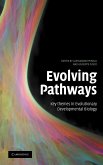DMD is the most common muscular dystrophy in childhood and incurable to date. It is caused by the absence of dystrophin, what influences several signal transduction pathways. The thesis is interested in the investigation and modulation of signal transduction pathways that may compensate the lack of dystrophin as an alternative therapy strategy. To study dystrophin downstream pathways, the mRNA expression of DMD patients and two DMD siblings with an intra-familially different course of DMD were analysed. Genes, found differently expressed in the two DMD siblings, are first part of a signalling pathway linking dystrophin, which is first represented in a Petri net. The central point of this pathway is the transcription factor NFATc. Invariant and theoretical knockout analyses of the net were applied. On human SkMCs, modulation of protein activity and of gene expression using siRNA, vector-DNA, and chemical substances were performed. The cells were studied by proliferation and vitality tests as well as expression analyses at mRNA and protein level. According to the basic idea of this study, a new therapeutic strategy becomes apparent, which considers dystrophin downstream processes.








